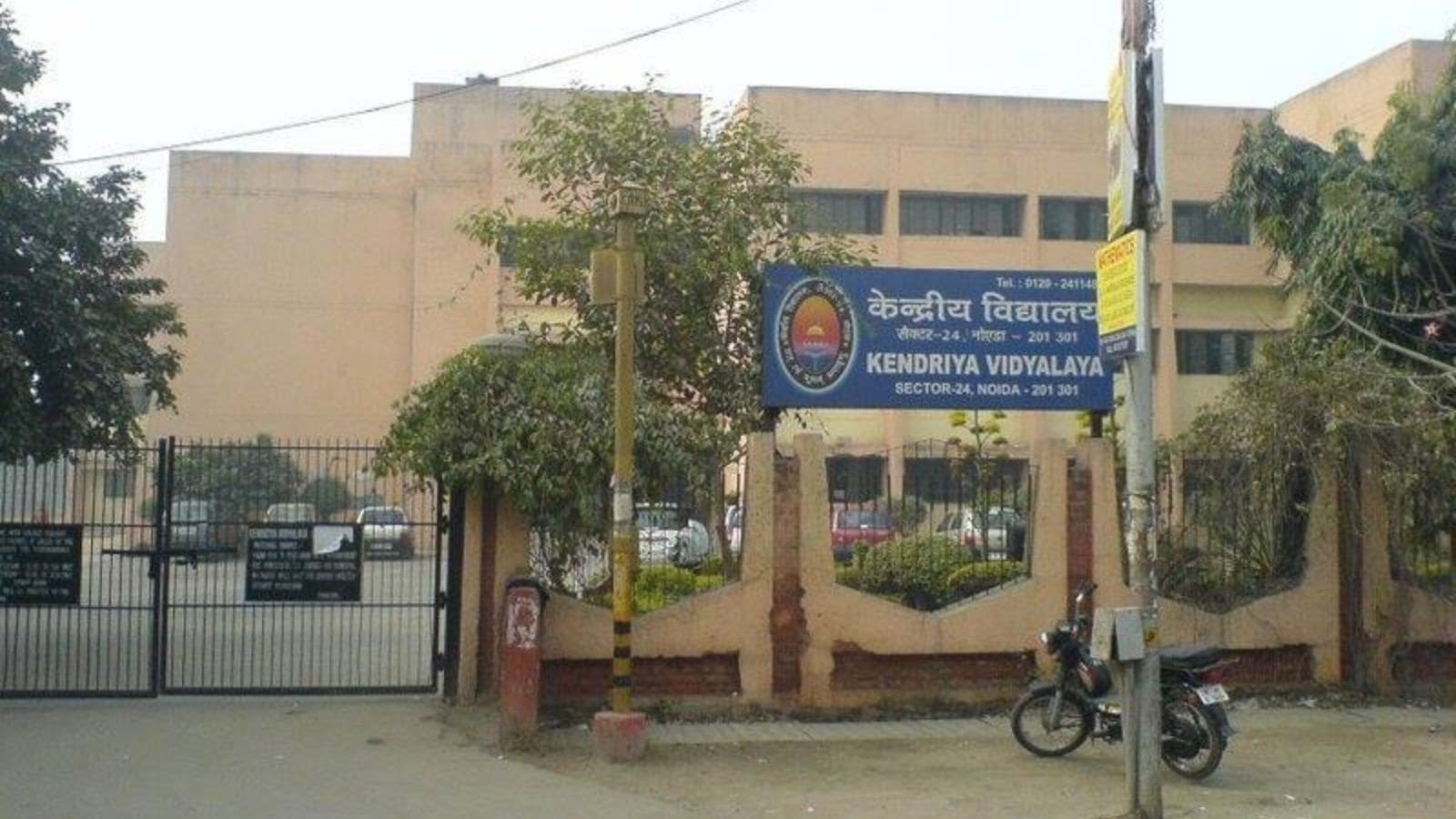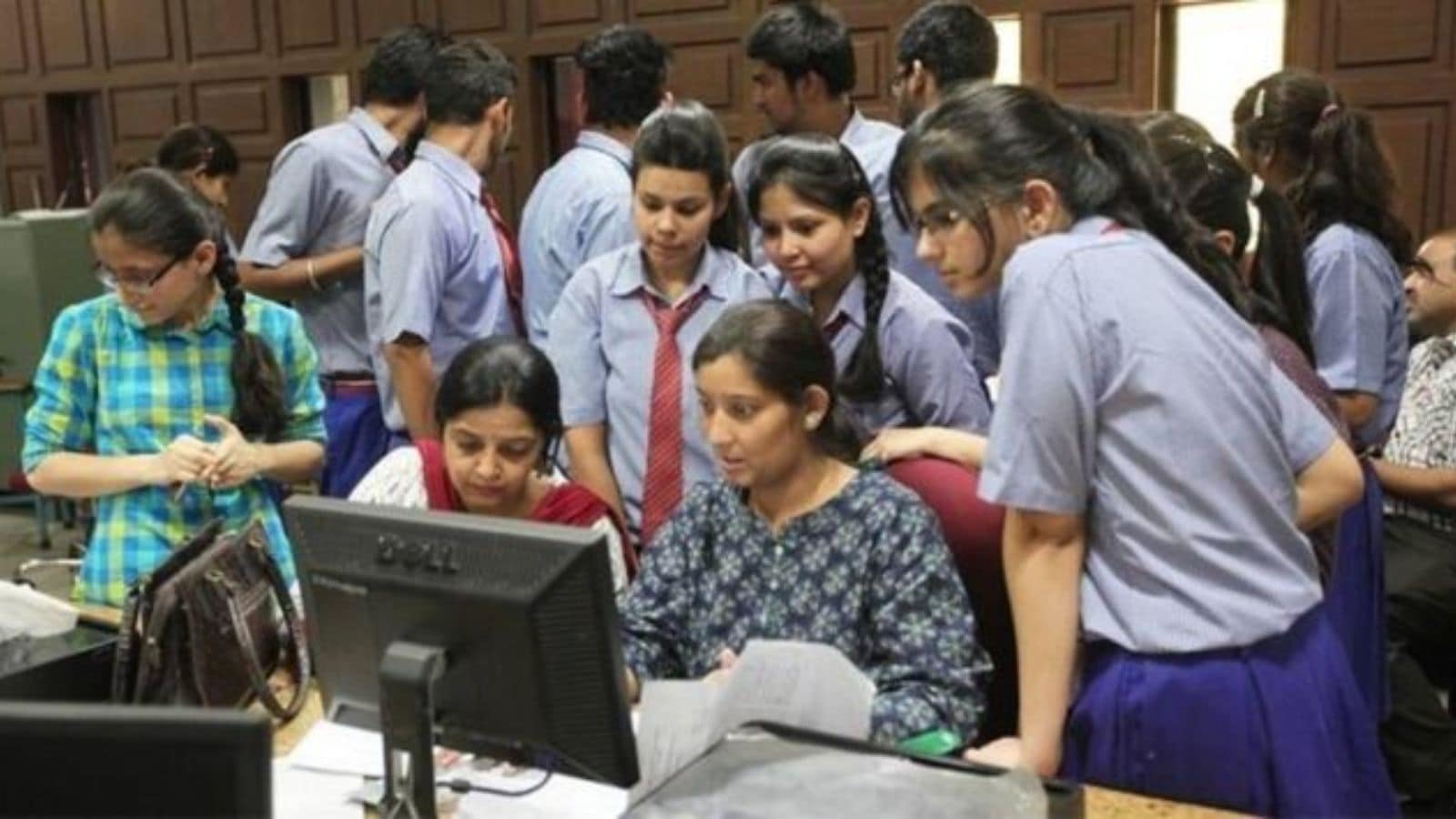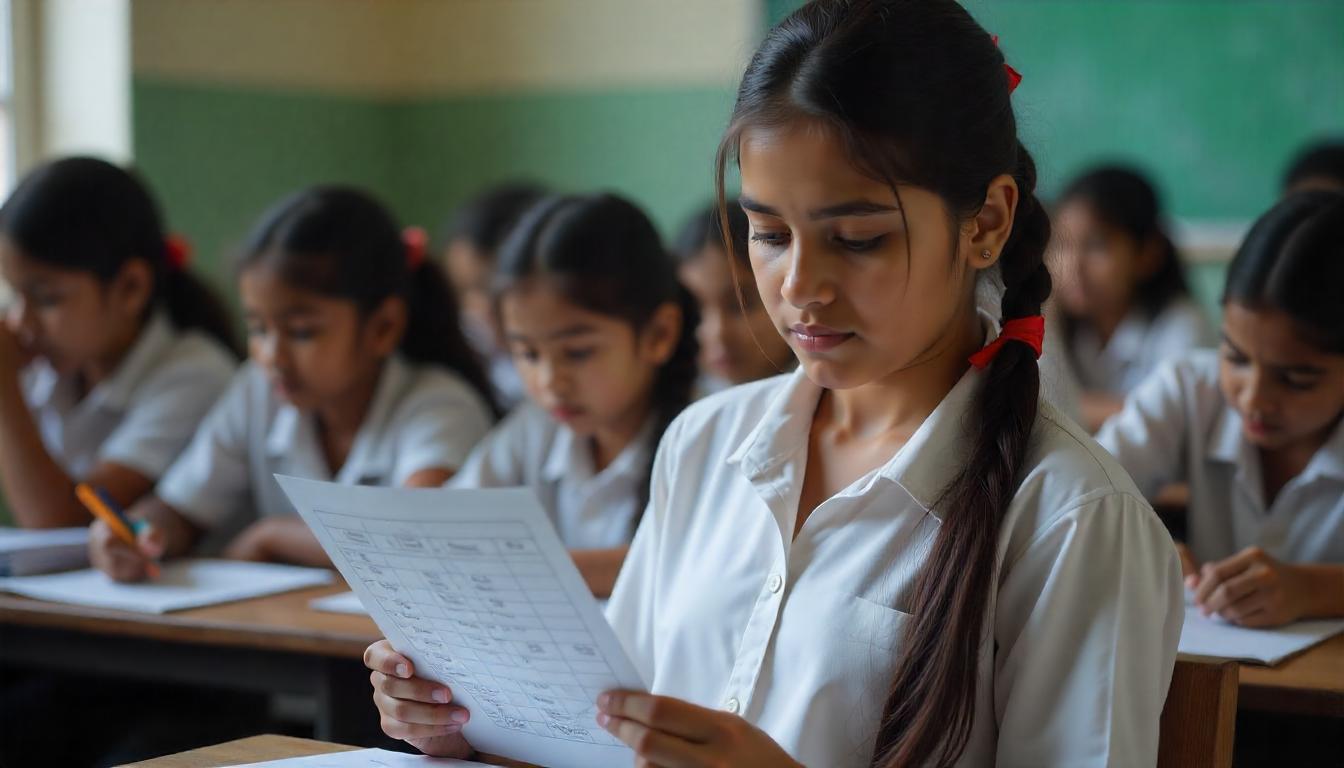A recent CBSE circular directing schools to introduce mother tongue instruction in primary classes has left institutions in metro cities like Delhi and Mumbai — which serve mobile, multilingual populations — in a bind. But a proposal under consideration for Kendriya Vidyalayas (KVs), run by the Centre, may offer a way forward, officials told The Indian Express.
In a circular issued to all its affiliated schools last month, the CBSE asked them to map students’ mother tongues and stated that, from pre-primary to Class 2, teaching should be in the child’s mother tongue or a familiar regional language. It also directed schools to realign their curriculum and teaching materials by the end of the summer break, with implementation to begin in July. Over 30,000 schools are affiliated with the CBSE.
Kendriya Vidyalayas or KVs — 1,256 centrally run schools with around 13.56 lakh students — are also affiliated with the CBSE and primarily serve children of central government employees who are frequently transferred, including defence personnel and public sector employees. As a result, these schools have students from a wide range of linguistic backgrounds, a CBSE official pointed out. To implement the directive, the KVs are considering splitting classes into different sections based on the medium of instruction.
For instance, in a KV located in Maharashtra, where Hindi and Marathi are the predominant languages, teaching could be conducted in separate sections according to language preference.
Currently, the medium of instruction in KVs is bilingual — Hindi and English. In addition, English and Hindi are taught as subjects in the primary classes, while Hindi, English, and Sanskrit are subjects from Classes 6 to 8. This means that the sanctioned posts for language teachers in KVs are for Hindi, English, and Sanskrit.
To enable teaching in the mother tongue, teachers will need to be allocated based on the findings of the language mapping exercise. A senior official in the Ministry of Education said that KVs already have a provision to arrange instruction in the regional language or mother tongue if at least 15 students in a class opt for it.
Acknowledging that implementation may be particularly challenging in schools outside predominantly Hindi-speaking regions, a senior official in the Kendriya Vidyalaya Sangathan (KVS) said the first step would be to conduct a language mapping exercise and seek parental consent. Depending on requirements, contractual teachers may be appointed. In schools with multiple sections, it may be possible to offer instruction in one language in one section and a different language in another, the official said.
Story continues below this ad
CBSE officials noted that 200–300 schools, especially in metropolitan areas like Delhi and Mumbai, are likely to face difficulties due to the presence of multiple languages in a single classroom. In such cases, schools may have to divide students into sections based on language preference. Schools may also opt to teach in the local or regional language, the official added.
At the primary level, students in Classes 1 and 2 are taught two languages and mathematics. With the new circular in place, mathematics will also need to be taught in the mother tongue or a familiar regional language.
“The schools will have to develop a system that works for them. We’ve told them that if they need more time, they can formulate a strategy and inform us,” the official said.
The circular also acknowledged that some schools may need more time to transition and stated that additional time would be provided to ensure adequate resources, appropriate teacher deployment, and curriculum adjustments.
Story continues below this ad
For Classes 3 to 5, the circular stated that students may continue to learn in their mother tongue or a familiar regional language (R1), or be offered the option to study in a different medium (R2). In effect, this means that schools may begin English-medium instruction from Class 3 onwards, a CBSE official confirmed.
The CBSE’s push for mother tongue instruction aligns with the National Education Policy (NEP) 2020 and the National Curriculum Framework for School Education (NCFSE) 2023, both of which recommend the use of the home language as the primary medium of instruction until at least the age of 8.
The NCFSE states: “Since children learn concepts most rapidly and deeply in their home language, the primary medium of instruction would optimally be the child’s home language/ mother tongue/ familiar language.”




